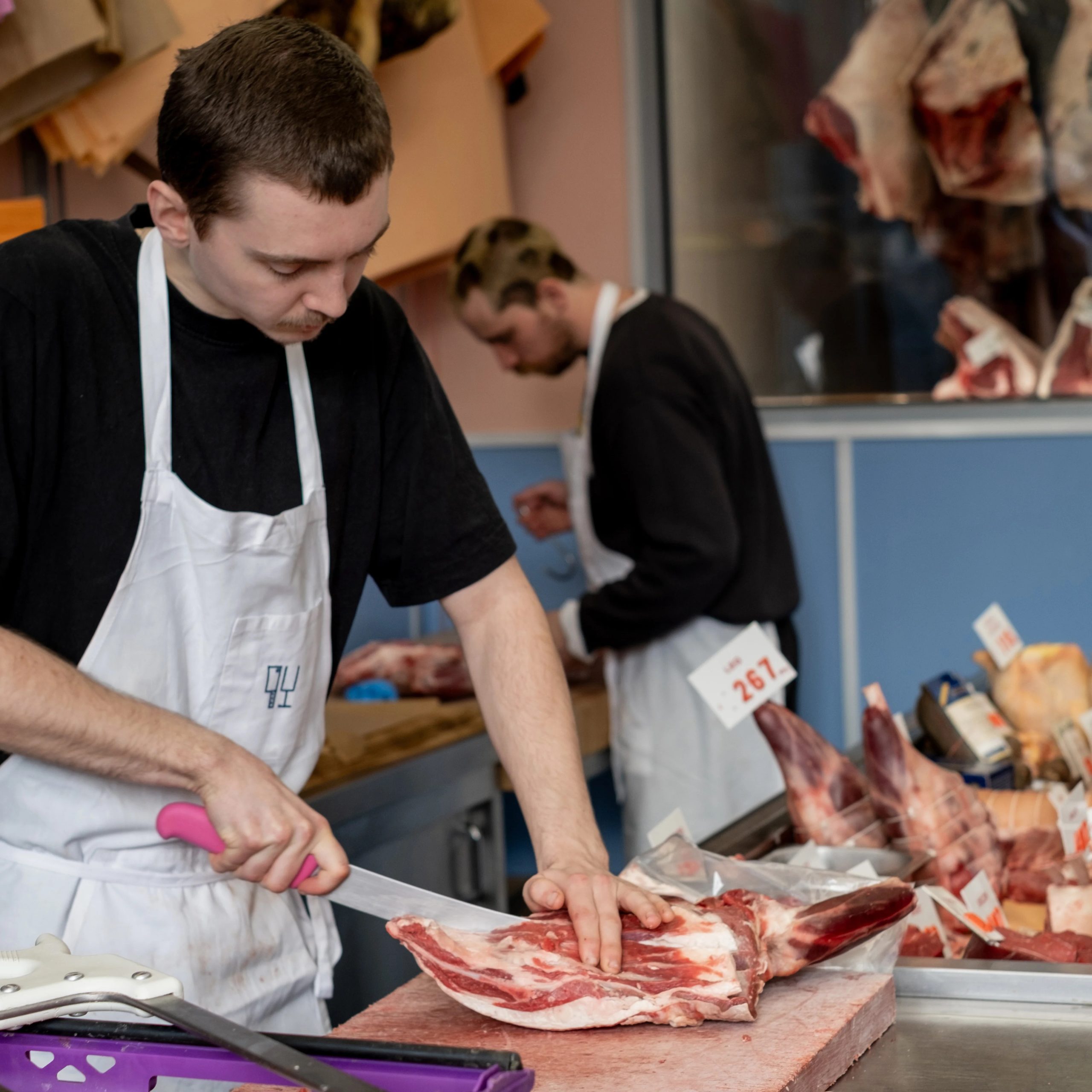The herd butchery process is a critical aspect of livestock management, ensuring that animals are humanely slaughtered and efficiently processed for consumption. This procedure involves several well-coordinated steps that prioritize hygiene, safety, and respect for the animal while maximizing the use of the carcass. Understanding these steps can help farmers, butchers, and consumers appreciate the complexity behind meat production.
The first step in the herd butchery process is preparation. This includes selecting healthy animals suitable for slaughter based on age, weight, and overall condition. Proper fasting of the animals before slaughter is essential to reduce gut content and minimize contamination risks during processing. The holding area must be clean and calm to prevent stress on the animals, which can affect meat quality.
Next comes humane stunning or immobilization to ensure that animals experience minimal pain during slaughter. Various methods such as captive bolt pistols or electrical stunning are employed depending on species and local regulations. Stunning renders the animal unconscious quickly before bleeding begins.
Bleeding is a crucial step following stunning where major blood vessels are severed to drain blood from the carcass effectively. This not only improves meat quality by preventing spoilage but also aligns with ethical practices emphasizing swift death with minimal Herd butchery suffering.
After bleeding, skinning or dehairing takes place depending on whether it’s cattle or pigs being processed. Careful removal of hide or hair reduces contamination risks by avoiding contact between external dirt and internal tissues.
Evisceration follows skinning; this involves removing internal organs such as intestines, stomachs, liver, lungs, heart, kidneys among others. Skilled workers perform this task meticulously to avoid puncturing digestive tracts which could contaminate edible parts with bacteria.
Once evisceration is complete, thorough inspection ensures no signs of disease or abnormalities exist within both carcass and offal (internal organs). Meat inspectors may examine texture color odor presence of parasites or lesions at this stage.
Subsequently comes washing down all parts using clean water combined with sanitizers if necessary; this helps remove residual blood debris bacteria thereby enhancing shelf life when stored properly afterward.
Chilling represents another vital phase where carcasses are cooled rapidly under controlled temperature conditions usually between 0°C-4°C (32°F-39°F).



